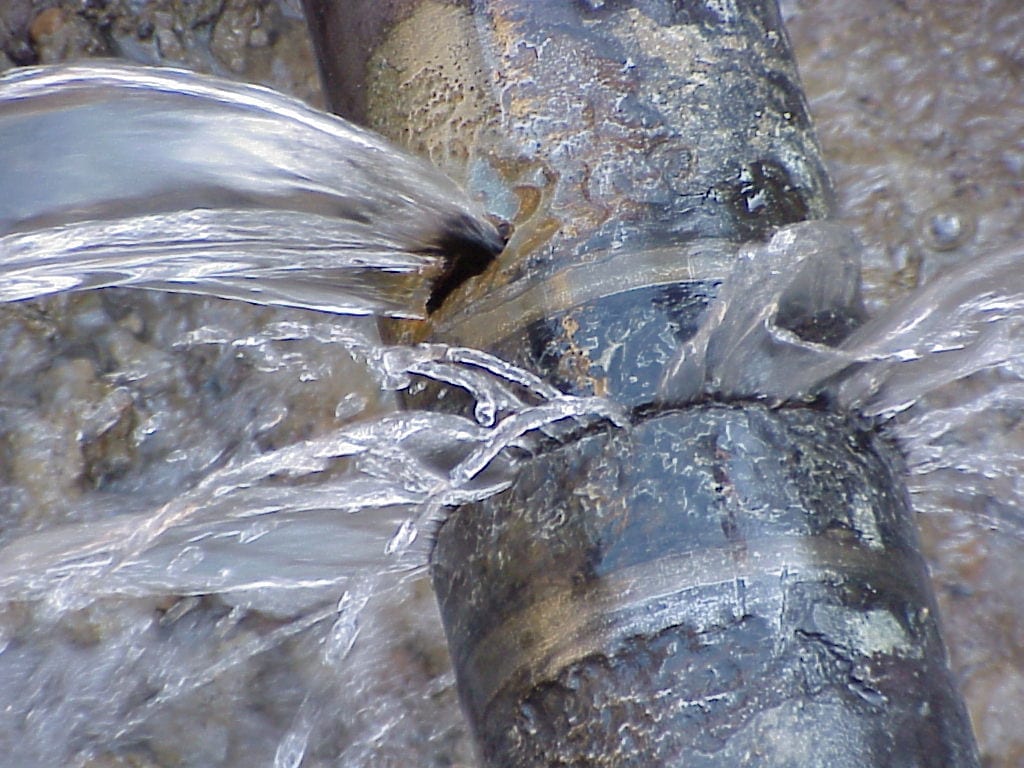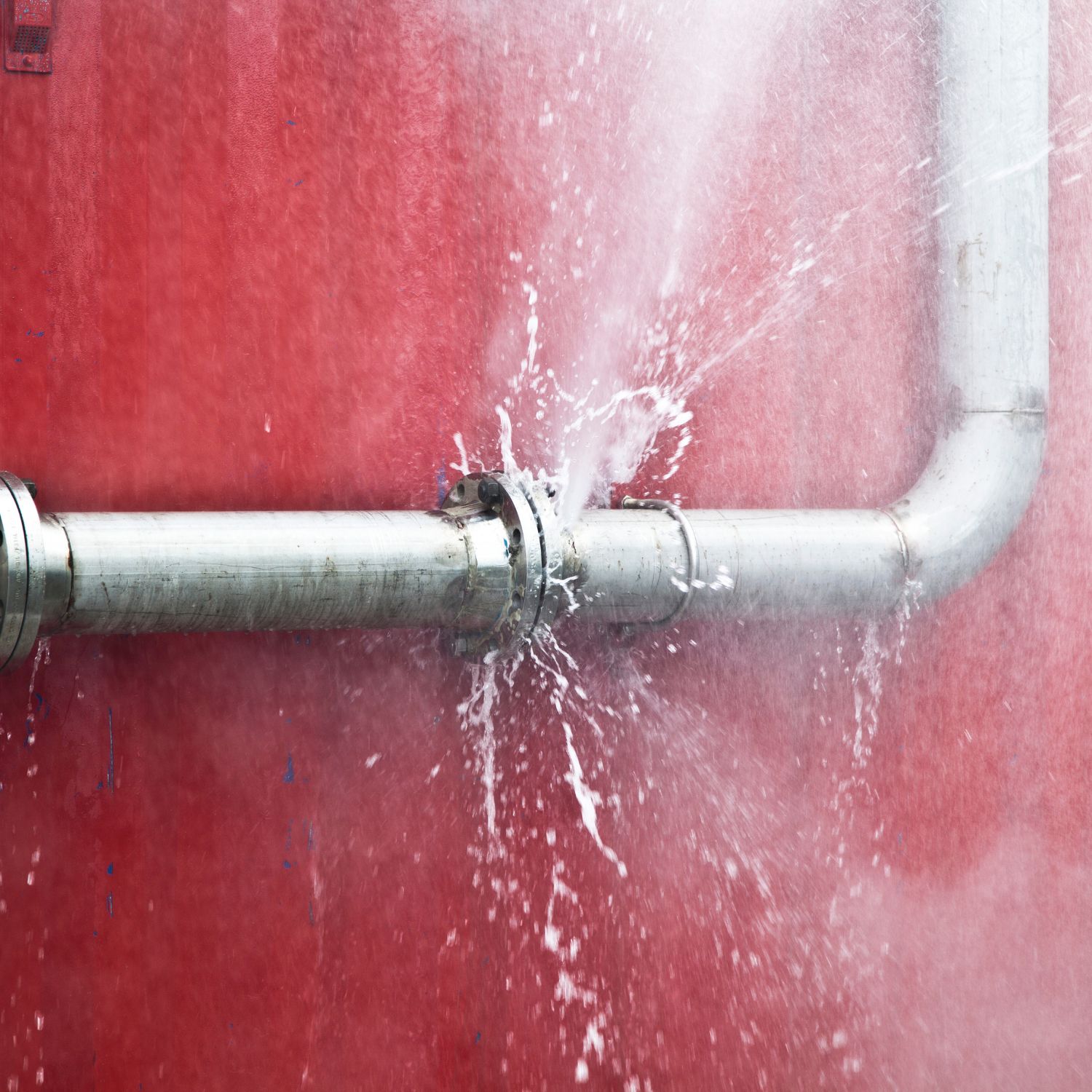What to Do When a Pipeline Bursts: Immediate Steps for Home Owners
A pipe ruptured can be a house owner's worst nightmare, resulting in significant damage if not dealt with without delay. The instant feedback is crucial: initially, situate the source of the leak and shut off the primary water valve to stop additional flooding. Following this, draining the pipelines becomes crucial to reduce extra concerns.

Assess the Circumstance
When a pipe ruptureds, the first action is to assess the situation promptly. This preliminary examination is important in establishing the extent of the damages and the possible risks included - burst pipe. Begin by determining the source of the leakage; this may include checking the area around the burst pipe for visible signs of water retreat. If the burst took place in a hidden area, such as within a wall or under a flooring, seek water discolorations or merging that might suggest the place.
Check for electric wires that may be subjected to water, as this postures a substantial risk of electrocution. Furthermore, take note of any type of beneficial items or furnishings that may be at danger of water damage.
Documenting the damages via photos can likewise be advantageous, specifically for insurance cases. Time is important, as standing water can cause mold development and more architectural damage. By thoroughly evaluating the situation, you will be better prepared to take the essential actions to minimize more issues emerging from the ruptured pipe.
Shut Down the Water
The prompt priority after determining a burst pipeline is to close off the water to stop additional flooding and damages. Situate the main shut-off valve, normally located near the water meter, in the basement, or on an outside wall surface. Transforming this shutoff clockwise will certainly stop the flow of water throughout your home, reducing the threat of comprehensive water damages.
If you are unable to discover the primary shut-off valve or if it is malfunctioning, you may need to close off individual shutoffs connected to the impacted pipe, if obtainable. Some homes also have second shutoffs for details appliances, such as washing machines or dishwashers.
It's advisable to familiarize yourself with the area of these valves prior to an emergency situation occurs, as this understanding can save valuable time during a dilemma. In case the major valve is stuck or tough to transform, do not force it; instead, take into consideration looking for expert support.
When the supply of water is shut off, take a minute to evaluate the scenario additionally while preparing for the next steps, ensuring that your home is as safe as possible from added water intrusion.
Drain Pipes the Pipes
After turning off the water supply, it is essential to drain the pipelines to decrease any remaining water that might cause additional damage. Begin by opening all faucets in the home, beginning with the highest degree to the most affordable. This process encourages the water to move out totally, permitting gravity to assist in eliminating residual water from the pipelines.

Beware when draining pipes warm water, as it can create burns. Permit the water to exit until the flow ceases. If you over at this website discover any kind of staying water merging, use towels or a wet vacuum to soak it up. Effectively draining pipes the pipelines is essential to avoid more issues and aids protect your home from additional water damages during this demanding situation.
Call a Specialist
In the wake of a burst pipeline, getting in touch with a professional plumbing is essential to make certain a complete assessment and effective repair services. Trying to take care of the circumstance without skilled help can lead to additional damages and difficulties. A qualified plumbing technician has the know-how and specialized tools essential to determine the origin of the leak and address it effectively.
When picking a plumbing professional, prioritize those with a strong reputation and pertinent experience in emergency plumbing services. Examining on-line evaluations, acquiring references, and validating qualifications can aid you make an enlightened choice. It is suggested to contact several specialists to contrast feedback times, estimated expenses, and service offerings.
When you have actually content engaged a plumber, offer them with as much information as feasible concerning the occurrence, consisting of the place of the burst pipe and Recommended Site the steps you have currently taken. This details will help them in identifying the problem swiftly and properly.
Record the Damage
Once a plumbing professional has actually been contacted and the prompt issues resolved, it is essential to record the damages brought on by the ruptured pipe. This action is critical for both insurance policy cases and possible repairs. Begin by taking clear photographs of the affected areas, concentrating on noticeable damages to walls, flooring, and furnishings. Ensure that photos record various angles and distances to give a comprehensive view of the situation.
Following, assemble a thorough list of damaged items, including their approximate worth and any type of appropriate purchase info. This supply must incorporate permanent fixtures, individual valuables, and any structural damages observed. Ideally, include the approximated cost of repair work based upon professional analyses or previous quotes for similar work.
In enhancement to aesthetic and written paperwork, keep records of any type of communications with your plumbing technician and insurance policy provider. By taking these actions, you will be better prepared to browse the after-effects of the occurrence.

Conclusion
Immediate assessment of the circumstance, followed by shutting off the primary water supply, is essential. Draining pipes the pipes and recording the damage ensures appropriate handling of the occurrence for insurance coverage functions.
The instant priority after identifying a burst pipeline is to shut off the water supply to stop further flooding and damage. Turning this valve clockwise will stop the circulation of water throughout your home, minimizing the risk of extensive water damage.
After shutting off the water supply, it is important to drain the pipelines to lessen any kind of staying water that can lead to additional damages. For homes with a warm water heating system, you need to also drain the container by linking a hose to the drain shutoff and directing the water right into a suitable container or exterior.
Effectively draining pipes the pipes is important to avoiding further problems and helps secure your home from added water damage throughout this demanding circumstance.